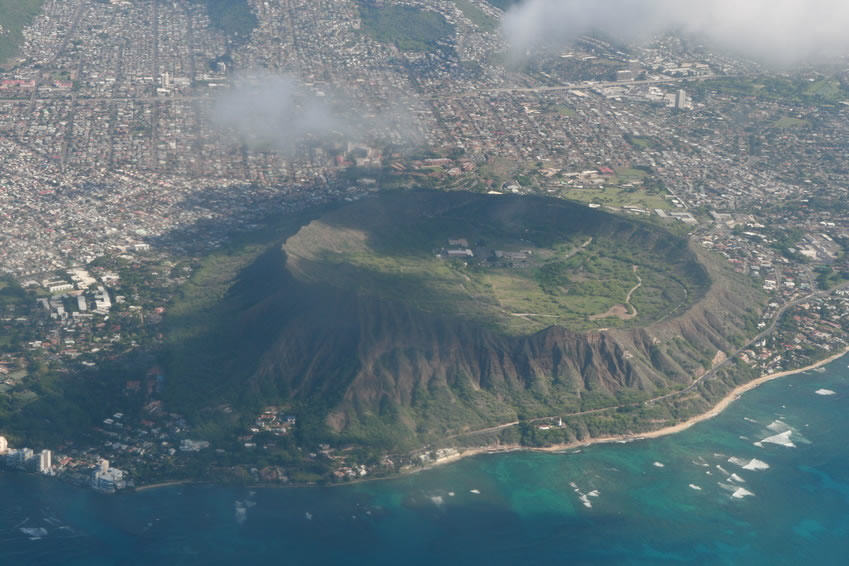Last week I told you about my wonderful visit to Kailua-Kona and my stay in a beautiful Condominium there, and this week I am visiting the north side of the Big Island and staying in a wonderful Hilo Vacation Rental.
The 45-mile drive from Waipio Valley to Hilo is one of the nicest drives in all of the Hawaiian Islands.The scenic route follows along Hawaii Belt Road (Hwy. 19). This road is also known as the Hilo-Hamakua Heritage Coast.
The Heritage Coast route traverses Mauna Kea’s wet windward slopes and includes several cantilevered bridges that span deep ravines. The coastal route includes many places to stop for stunning ocean views, shoreline adventures, major and minor waterfalls, and an array of interesting shops and restaurants.
Much of this corridor is former sugarcane land now planted with macadamia nut trees and a whole array of diversified agricultural products. Towns along the route include Honokaa, Paauilo, and Honomu.

